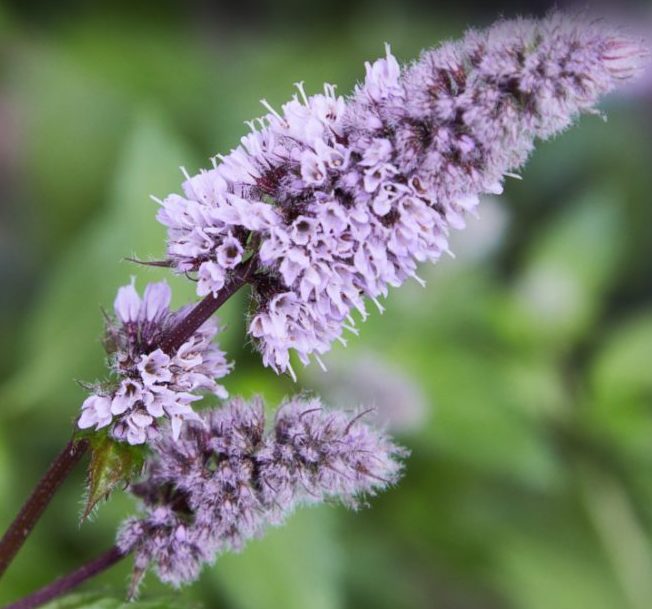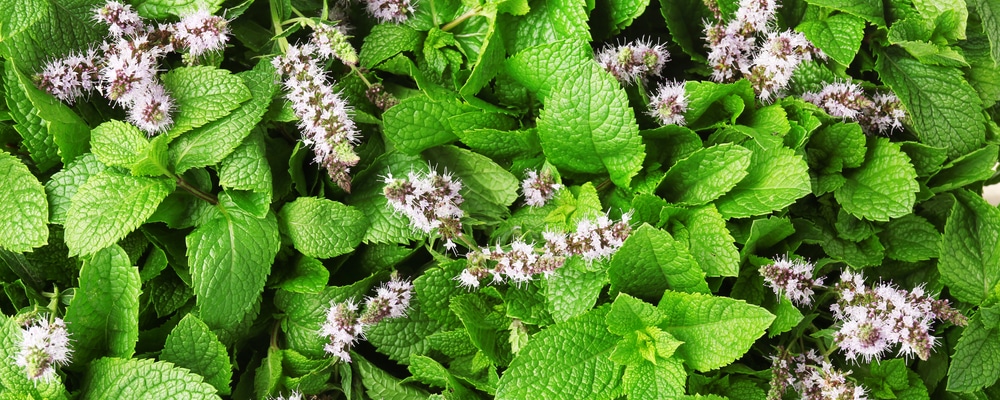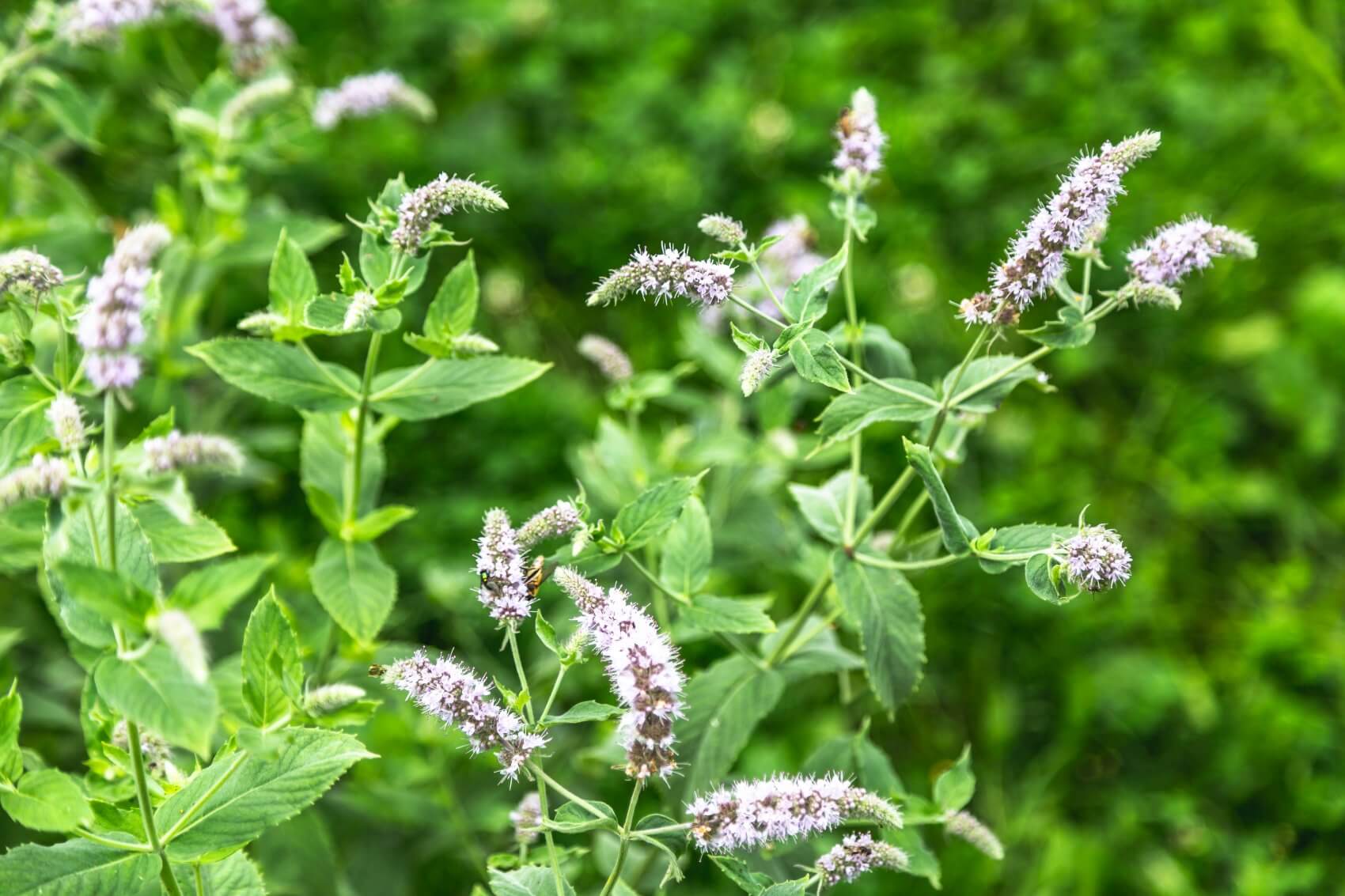There are numerous different types of evergreen plant known as mint.
In addition to giving drinks their most refreshing flavor and perfume, mint also blossoms purple and pink flowers that can embellish your yard.
Every summer, mint plants blossom, so if you’re worried about it happening to your plant, rest assured that it’s very common.
Mint is a perennial that blooms to produce seeds, which the following year grow more mint plants.
What causes my mint to bloom? Towards the conclusion of the summer, the mint plant flowers as part of its natural life cycle. Your mint plant will begin to flower when it is healthy and prepared to set seed. Since mint is a perennial, flowering does not indicate death, however the flavor of blossoming mint may be less intense.
Continue reading if you’re growing mint in your yard and would like some professional guidance on how to care for it.
All of your queries regarding the flowering mint plants have been answered, and we also have some helpful advice for you.
Table of Contents
Flowers on Mint Plants: Why It Happens & What It Means
The natural life cycle of plants includes flowering. Plants bloom when they are ready to procreate.
Plants use their flowers as reproductive organs.
They generate pollen, and when that pollen touches another flower’s reproductive organ, fertilization takes place, resulting in the production of seeds, which are naturally the source of future plants.
Why Mint Plants Flower
Mint plants flower when they are ready to reproduce, just like other flowering plants.
Usually, it takes place when the mint plant is subjected to hotter conditions or other factors that promote bolting.
However, because mint is a perennial, it does not perish right away after blossoming.
Mint Plant Life Cycle
Mint is a hardy perennial, which implies that it can survive in favorable conditions for two or more years. You can grow mint plants from seeds or by re-rooting a clipping.
Mint will grow runners that will easily take root anywhere they contact soil if left unmanaged. From the mother plant, they can be removed and planted elsewhere.
The seed is planted for seed propagation in the early spring, and grows into a full bush by mid-summer after a few weeks of germination. After its second year, it might blossom in the summer.
In the winter, the stem that is above ground dies, but the roots continue on and produce new shoots in the early spring.
Towards the conclusion of their lives, mint plants bolt and produce blossoms to create new plants. Mint may live for up to 10 years with the right care.
In this post, you’ll find important growing advice that will help your mint have a long life.
When Mint Plants Are Most Likely To Flower
In warm weather, mint plants typically bloom. Midsummer through September are the blossoming months.
Signs That Mint Plants Are Going To Flower
You’ll note that the mint plant’s leaf production begins to decline as summer fades into October. This is entirely typical.
Above its lush foliage, you’ll find tiny white and purplish mint blooms.
The stem will also appear less bushy and more woody. This is because the plant is devoting all of its nutrient resources to growing blooms.
Do Mint Plants Die After Flowering?
Mint is a perennial plant, as was already said. This implies that after each growing season, it will revert to its naturally bushy state.
Therefore, the mint plant won’t perish after flowering; instead, it will produce other mint plants as it grows from seeds alongside the parent plant.
Are Mint Leaves Still Good After the Plant Flowers?
After blossoming, mint leaves are still edible. Like before, you can use them for food and beverages.
You may easily fix a flavor that is a little less robust by simply adding more mint leaves to your dishes.
Should Mint Flowers Be Removed?
Mint blooms don’t need to be taken out. The leaves’ quality won’t be impacted.
However, it is advised to remove the blossoms before the seeds develop to prevent your mint from self-seeding and multiplying into numerous new plants.
Are Mint Flowers Edible?
Mint flowers can be consumed. Depending on the variety of mint, these purplish-white blooms may also taste like lemon, apple, or grapefruit in addition to the mint flavor.
They can be used into salads, beverages, and other meals that often call for mint leaves.
Mint Flower Uses
- Give your lamb, steak, and seafood dishes an unusual, fresh flavor by using mint flowers.
- To add some color and taste to your glass of iced tea, stir in some mint flowers.
- Use them as a garnish for desserts, salads, beverages, and cocktails that need a splash of color.
- For a table decoration or centerpiece at an outdoor picnic, put them in a vase.
- Use the dried mint flowers to make a wintertime mint tea. Your tea won’t be astringent and will be gentle and wonderfully minty.
How To Stop Mint From Flowering

You don’t need to do anything to stop the mint plant from flowering because it is safe to do so. However, there are a few things you can do to stop the plant from flowering:
- At the start of the summer, make large cuts to your plants. The blossoming process will be delayed as a result.
- Harvest your plant’s leaves on a regular basis. The plant will continue to grow new leaves as a result.
- Reduce exposure to high temperatures, which cause the mint plant to flower, by using mulch at the plant’s base and keeping it in a shaded area.
- Use a high-nitrogen growth fertilizer, which will enhance the mint plant’s emerald-green foliage, such as this organic variety.
- Remove any flowers that bud. By doing this, the plant will be able to concentrate its energy on producing foliage and maintaining a strong root system rather of using it to reproduce.


